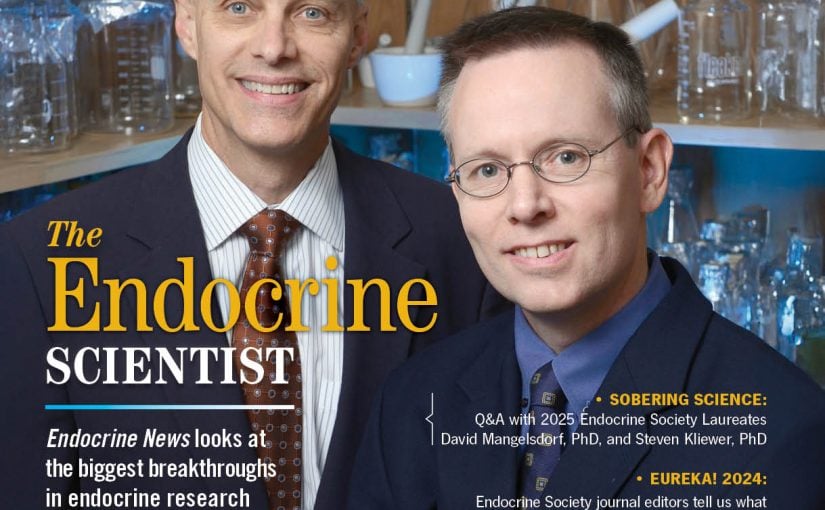This letter reflects on an area that is making significant strides and concurrently generating controversy, hormone assay methodology. We are in an exciting time of new and improved methods, which provide a means to enhance our research and clinical practice. This is not the first time we have experienced such a period, and we know that periods of transition often create controversy while at the same time serve to highlight critical issues. These transitions present us with a unique opportunity to advance the field by embracing the process of change.
Accurate hormone measurements are the lifeblood of our specialty and are critical to physicians in practice as well as basic and clinical scientists. More than five decades ago, radioimmunoassays (RIAs) were introduced, initially for insulin and then for all peptide and steroid hormones. Because of their superior sensitivity, specifi city, and precision, RIAs gradually replaced bioassays over a prolonged period of transition. We are now entering the era of mass spectrometry for measurements of steroid and protein hormones. This evolving methodology enhances even further the specificity, precision, and sensitivity of hormone measurements. We are again entering a transition period where issues of practical implementation arise. The costs, both for instrumentation and per sample, and issues of standardization have created controversy.
Several years ago the Endocrine Society recognized the need to guide this transition process and undertook a number of initiatives. An overarching principle is that normal ranges for hormones must be comparable and not dependent upon the assay used. Guidelines for treatment of hormonal disorders rely on valid hormone assays that yield similar normal ranges among comparable groups. We have learned from measurements of testosterone and estradiol that some widely used assays do not yield the same result on the same sample. The solution to this problem requires the ability to trace an assay to a chemically pure standard or, when no pure standard is available, to an agreed upon reference material.
An initial step involved a 2008 Centers for Disease Control and Prevention (CDC) workshop with Endocrine Society participation, which outlined key principles regarding hormone assays. This motivated the ES to hold a consensus conference in 2010 and to spearhead the establishment of a coalition of organizations dedicated to standardizing testosterone assays. Called PATH (Partnership for the Accurate Testing of Hormones), this organization provides education and outreach to physicians and policy makers, and lends technical support to the CDC testosterone standardization project, which is available for all laboratories. Through the efforts of PATH and other stakeholders, significant progress has been made in standardizing testosterone measurements. The Society and PATH are now planning to introduce standardization to improve the quality of measurements for other hormones as well.
In the spring of 2013, the Society published a position statement on estradiol testing (J Clin Endocrinol Metab, April 2013, 98(4):1376–1387), calling for universally recognized standards and improved methods. In March of this year, we sponsored a workshop on improving estradiol measurements, along with cosponsors PATH, the American Association for Clinical Chemistry, and Penn State Hershey College of Medicine. The workshop identifi ed challenges associated with current estradiol measurement methods, and attendees discussed the advantages and disadvantages of diff erent methods in specific contexts.
As we look to the future, tests with improved sensitivity, specifi city, and precision at reasonable cost will be increasingly used but likely at a gradual pace. In the meantime, standardization should be our proximate goal for acceptance of assays regardless of methodology. As with the history of RIAs replacing bioassays, I anticipate that new methodologies will gradually replace RIAs. At this time, mass spectrometry off ers the most promise, but we will always remain open to the new and innovative. We all recognize there is still a long way to go before we realize the full diagnostic and clinical potential of these tests. I am confi dent that we will remain diligent and that ultimately, we will arrive at a time when we gain more knowledge and improve treatment through superior-quality hormone assays. Feel free to contact me at [email protected] if you have any questions or comments.
Richard J. Santen, MD
President, Endocrine Society

